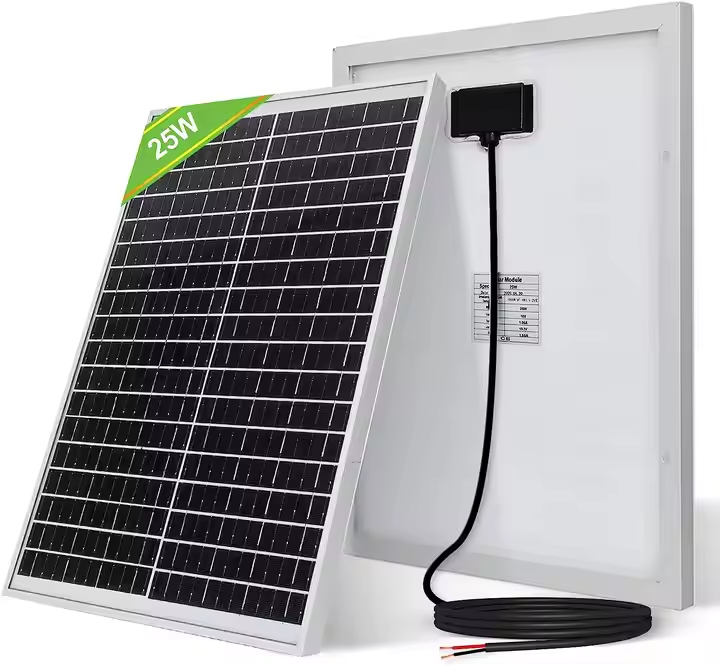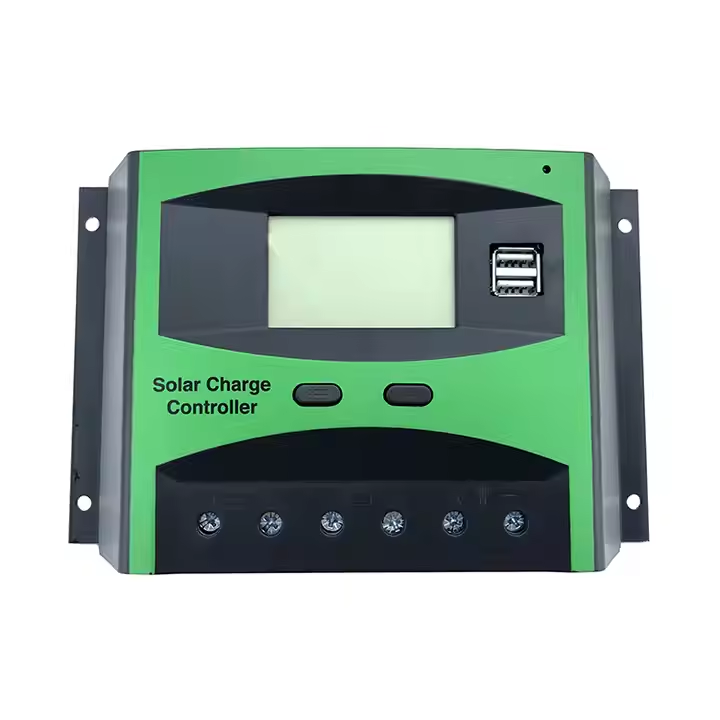Solar home energy systems equipped with solar charge controllers and hybrid inverters unlock true energy independence, blending solar harvesting, intelligent storage, and seamless grid interaction. By carefully sizing your system to match real household loads, selecting MPPT controllers and versatile hybrid inverters, and following best practices in installation and smart operation, any homeowner can achieve reliable backup power, peak‐rate bill savings, and resilience against grid outages. Automated load-shifting, real-time monitoring, and predictive maintenance transform a basic PV array into a self-optimizing microgrid, while scalable designs and emerging technologies ensure your system grows with your needs. Below, we explore how each component contributes, how to design and deploy your own setup, and how to keep it running at peak performance.
I. Foundations of Energy Independence
A. Why Energy Independence Matters
Electricity prices continue to climb and extreme weather events threaten grid reliability. Achieving partial or full energy self-sufficiency shields your household from volatile utility costs and blackouts, while reducing carbon emissions and supporting climate goals.
B. The Roles of Controllers and Inverters
Solar charge controllers regulate panel output into batteries, optimizing charge stages and preventing damage. Hybrid inverters convert DC power to AC for home use, manage battery dispatch, and switch seamlessly between grid-tied and off-grid modes, making both devices pivotal in an autonomous energy system.
II. Designing Your Self-Powered Home
A. Conducting an Energy Audit
Begin by reviewing your utility bills and listing critical loads—HVAC, refrigeration, lighting, and electronics. Identify peak versus base consumption to establish sizing targets for panels, batteries, and inverter capacity.
B. Sizing Panels, Controllers, and Inverters
Calculate daily kWh needs and factor in seasonal solar variations. Choose a solar charge controller rated 20–30% above your array’s maximum current. Select a hybrid inverter whose AC capacity matches your panel DC rating at a 1.1–1.3 ratio for optimal efficiency and minimal clipping.
C. Component Selection
Panels & Electronics: Monocrystalline panels yield high efficiency; microinverters or DC optimizers help in shaded or multi-roof installations.
MPPT Charge Controllers: Prioritize MPPT for maximum harvest under variable light.
Hybrid Inverters: Look for models offering backup power, programmable load priorities, and grid export controls.
D. Layout & Placement
Orient and tilt panels for true south (or true north) exposure, with tilt within ±5° of local latitude. Position controllers and inverters in well-ventilated, accessible areas away from direct sunlight and moisture.
III. Installation & Integration
A. Wiring & Safety Essentials
Use conductor sizes that limit voltage drop to under 3%. Install DC and AC overcurrent protection, surge arrestors, and ensure proper grounding. Follow local code requirements and secure necessary permits.
B. Commissioning Your System
After wiring, verify open-circuit and maximum-power-point voltages. Log initial daily production as a baseline. Test automatic mode switching: confirm that during a simulated outage critical loads are powered by stored energy without interruption.
C. Seamless Grid & Backup Configuration
Program export limits or net-metering settings to comply with utility mandates. Define critical versus non-critical circuits in the inverter’s backup configuration so essential appliances remain powered during outages.
IV. Smart Operation & Automation
A. Real-Time Monitoring
Modern controllers and inverters offer mobile apps and web dashboards that display live PV output, battery state-of-charge, and load consumption. Set custom alerts for low battery, fault conditions, or shading events.
B. Automated Load-Shifting
Schedule high-draw appliances—EV chargers, water heaters—during midday solar peaks. When paired with time-of-use tariffs, this can yield dramatic savings by avoiding expensive evening rates.
C. Predictive Maintenance
Enable firmware updates over the air to keep your system secure and feature-rich. Use built-in diagnostics to detect loose connections or panel underperformance early, then address issues before they impact production.
V. Maximizing Resilience & Savings
A. Ensuring Outage Readiness
Designate a battery reserve capacity solely for critical loads. Configure the inverter’s islanding mode to automatically engage when the grid fails. For longer outages, integrate a backup generator or a second-life battery bank.
B. Calculating Financial Returns
Combine utility bill savings, net-metering credits, and local incentives to estimate payback periods—often 5–8 years. Explore financing options like solar loans, leases, or PACE programs to minimize upfront costs.
VI. Future-Proofing and Scalability
A. Easy Upgrades
Choose modular controllers and inverters that support plug-and-play addition of panels or batteries. This lets you expand capacity without rewiring the core system.
B. Emerging Technologies
Stay tuned for bifacial modules that harvest reflected light, single-axis trackers that increase yield by 20–30%, and vehicle-to-grid integration that turns your EV into a mobile power asset.
VII. Conclusion
With an energy audit guiding your design, MPPT controllers maximizing solar harvest, hybrid inverters delivering seamless backup and grid interactivity, and smart management automating load-shifting and maintenance, achieving home energy independence has never been simpler. Start by mapping your energy needs, selecting the right components, and partnering with experienced installers. The result is a resilient, cost-effective system that puts you in control of your power—and your future.





